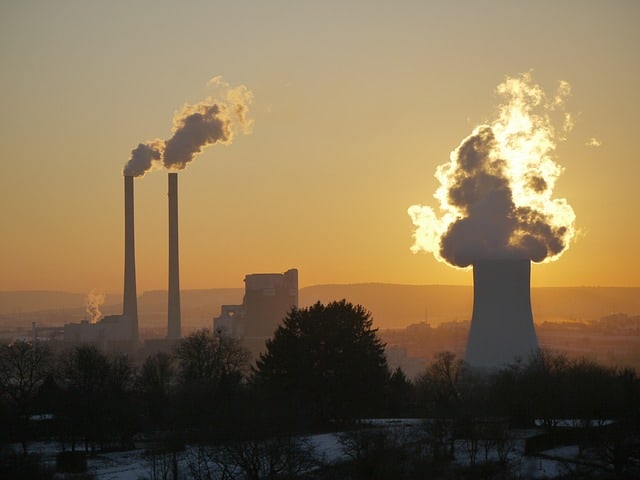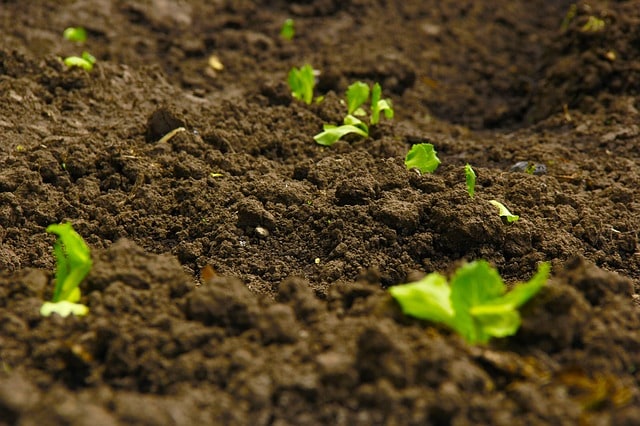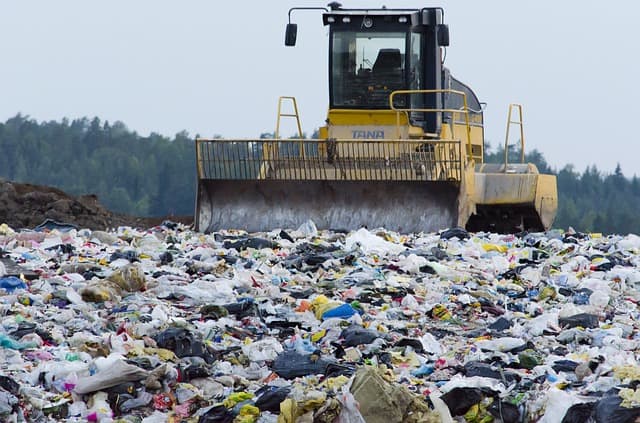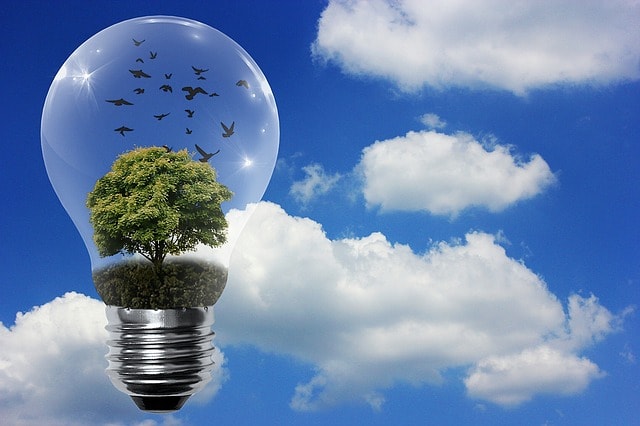Natural and Man-Made Causes of Global Warming
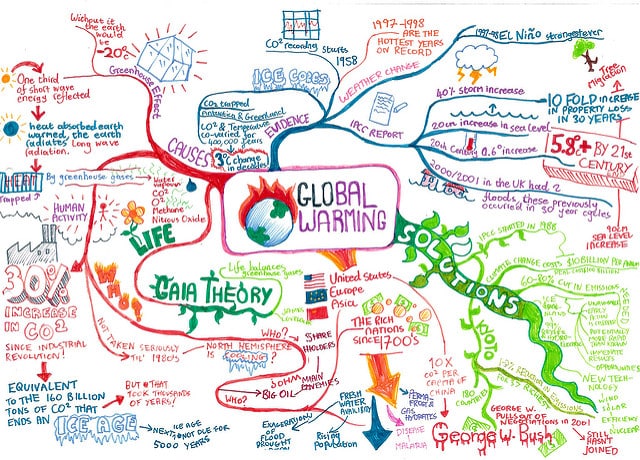
Global warming is the most common term that comes up when we talk about climate change or pollution. Global warming is the result of increase in the amount of greenhouse gases in the atmosphere. As we consume more fossil fuels, cut down trees, use more toxic fertilizers in the agriculture, and multiply human population, we might see some devastating effects of global warming in the years to come. The ill-effects of global warming could include rise in sea levels, extinction of endangered species, low level areas getting wiped out, melting of polar ice caps, change in weather patterns, threat to ecosystems and many more.
There are a lot of causes of global warming, some of them natural but the most destructive ones comes as a direct result of our drive to provide for a modern life of convenience. That makes a solution sound simple, but as you read the list of the top natural and man-made causes of global warming, you will see how difficult it is to control a world that values progress above sustaining action.
Despite it being the day and age of the Internet there is still much misinformation about global warming around. It goes beyond just denying that it exists and extends into believing that it doesn’t really matter because global warming is a natural process the Earth recovers from. It is a natural process, but the levels at which we have raised its impact and speed are such the Earth can’t keep up with in neutralizing the natural effects.
If we want to address global warming, along with the other environmental problems associated with our continued rush to burn our precious fossil fuels as quickly as possible, we must learn to use our resources more wisely, kick our addiction, and quickly start turning to sources of energy that have fewer negative impacts.
~ David Suzuki
Natural Causes of Global Warming
1. Melting Permafrost
Where there be tundra or glaciers, there is permafrost. This is a frozen soil that has trapped environmental gases for centuries. Siberia has one of the largest expanses of permafrost but you can walk across it in areas of Alaska and Canada too. As global warming happens, the permafrost is melting and releasing the gases back into the atmosphere.
2. Forest Blazes
Natural forest blazes or forest fires pose a problem for the Earth’s atmosphere. While the loss in terms of money can be compensated but its environmental effects pose a huge danger to this planet. Forest fires emit carbon-filled smoke in the atmosphere. These gases get trapped in the atmosphere which makes this planet more warmer than before.
3. Volcanoes
Not all of global warming is a result of man-made causes, nature contributes to it too. Volcanoes are one of the biggest of the natural contributors. When they erupt the plume of ash and smoke goes out into the atmosphere and can have a concentrated effect on the climate. It is important to remember that while volcanoes make the list because they can be significant contributors when they erupt – they don’t erupt often enough to hold a candle to a city.
4. Water Vapor
Water vapor is simply the gaseous state of water. It is present in the atmosphere and has a strong effect on weather and climate. As our planet gets more hotter, more water gets evaporates from the surface and becomes vapor in the atmosphere. Since water vapor is a type of greenhouse gas, so more water vapor in the atmosphere leads to more global warming.
5. Grime
Not the grime in your kitchen, but the grayish black grime that coats urban buildings. For years it was assumed that the accumulated sludge and grime on a city’s buildings had no effect on the climate. A recent study showed that while grime traps and holds nitrous oxide, it also releases it concentrated amounts when the sun warms the grime. This finding has surprised many climate scientists as grime was given much thought before – but it may go far in providing missing pieces in the global warming puzzle.
Man-made Causes of Global Warming
1. Deforestation
Deforestation removes forests and rain forests that are primary source of filtering carbon dioxide and nitrous oxide. Without them, the cycle of how the environment protects and stabilizes the climate can’t work. Don’t blame industry, just about every convenience item you use has its cost in trees. To stop deforestation we would have to truly change our consumption habits.
2. Agriculture
Or more simply – farming. For all the good that farming allows it comes with a waster product of methane gas and carbon dioxide. As farms have gotten larger and more efficient they are producing more concentrated gas releases in areas that no longer have enough vegetation or tries to neutralize those gases.
3. Overpopulation
Overpopulation is yet another cause of global warming. The increase in population will lead to more carbon dioxide in the atmosphere as more people will breathe. Carbon dioxide is the primary greenhouse gas that is responsible for global warming and any significant increase in it could lead lead to catastrophic effects on climate change.
4. Fossil Fuel Drilling
It doesn’t matter if you are drilling for natural oil or gas, the drilling operation and its impact on the earth releases gas and creates a pollution source that the environment cannot readily neutralize. There is concern that a new style of drilling, fracking, may cause even more disruption to the atmosphere because of the nature of the pressure it uses to push fuels up for mining.
5. Agricultural Fertilizers
We can’t support the world’s population without using fertilizers on our crops. Even then, more people go hungry than are fed. These fertilizers use a nitrous oxide material that traps heat effectively to boost crop growth, but that can have a devastating effect on the atmosphere and environment when it is washed away by rain or exposed to the sun (which releases the gas into the air).
6. Power Plants
Causing 44% of all global warming are the emissions from the world’s power plants. While oil and coal are the worst, all forms of power plants cause harmful emissions. Their sheer size and concentrated emissions are more than their local environment can neutralize which pushes the emissions into the atmosphere where they can affect the whole world.
7. Landfills and Garbage Deposits
While scientists didn’t think about the potential impact of city grime it has been known for a long time that garbage contributes to global warming. As the piles of garbage break down in landfills they aren’t just releasing nitrous oxide and other environmentally unfriendly gases, but a landfill is also releasing extreme amounts of heat. So much heat that many municipalities are working to try and harness that heat as power for their cities.
8. Transportation
Trucks, cars, ships, planes, trains and anything else that you can think of that uses an engine driven by fossil fuel is the second greatest cause of global warming. Scientists credit transportation with causing 33.3% of the total pollution that is contributing to global warming. The solution isn’t as easy as switching to an electric car, those are still made in fossil fuel powered manufacturing facilities.
Why is it so Hard to do Anything About Global Warming?
We now know the causes of global warming and can identify how much each cause contributes to the overall effect of global warming. Creating policies and plans to help reduce the impact of these causes is not easy. Just looking at the top three causes of global warming:
- Power plants
- Transportation
- Agriculture
You can see that the top three causes of global warming are integral to human life and growth on the planet. Up until this point all of our growth has been focused on how we can become more productive and raise our standard of living. Recent calls from leaders of two of the world’s major religions – Roman Catholicism and Islam – have pointed out that we need to cap our standard of living in order to being global warming under control. The drive for more comfort and less effort in our lives cannot come at the expense of the natural world or we will lose the natural world.
What Can be Done?
There is a lot that you can do to promote better care of the Earth and its atmosphere to reduce the impact of global warming. The first and most important thing is to educate yourself about what it is, the causes of global warming, and the myths and facts about climate change. That way you can make more informed choices in your life, but you can also educate other people. Education is the key to controlling global warming, if voters are educated they will support legislation that will begin to regulate the industries that create most of the issue.
There should be a global standard of living that everyone can achieve, but as a world society, we have to agree that enough is enough with excess. Next to education, this is the most important part of the solution. Agreeing to be satisfied with a standard of living as a universal goal, and not to always seek better and faster solutions, may well play an important role in controlling global warming too.


